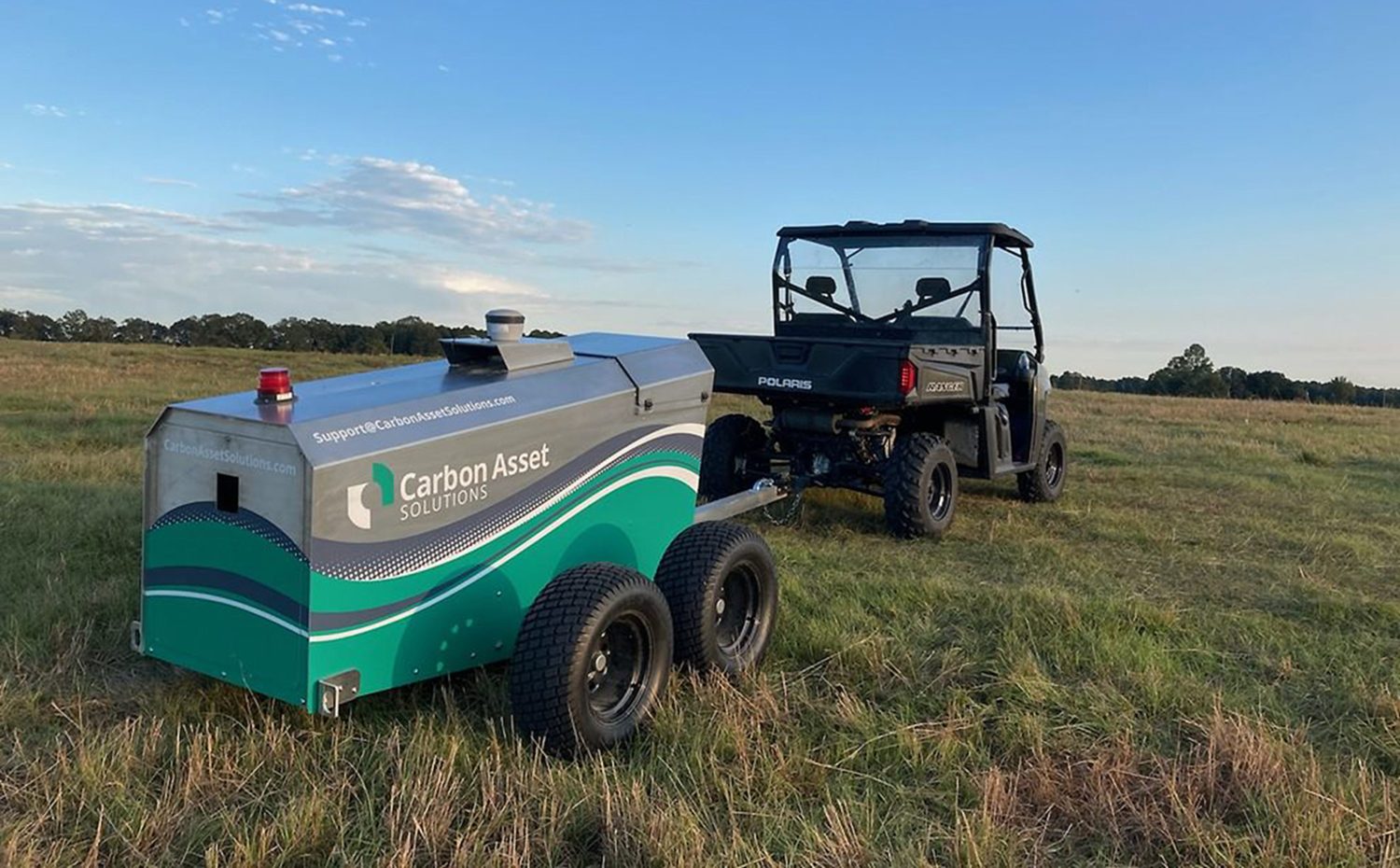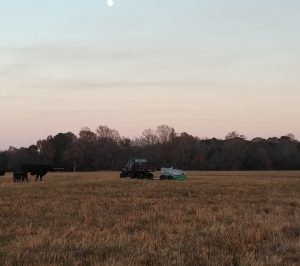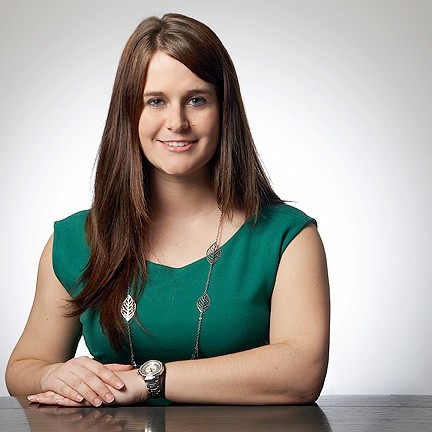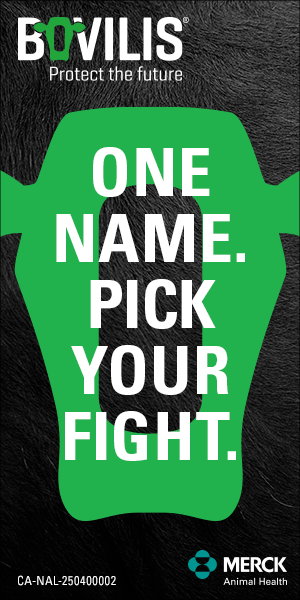AB Direct - Steers
Rail: 496.00-500.00 del
AB Direct - Heifers
Rail: 496.00-500.00 del
US Trade- Steers
Rail: 368.00-370.00 (IA, NE)
US Trade - Heifers
Rail: 368.00-370.00 (IA, NE)
Canadian Dollar
0.22

Regenerative agriculture practices lead to healthier soil and higher quality beef
Producers and stewards of the land know that many of the solutions to the world’s environmental crises lie in the soil beneath our feet. Healthier soil means more nutrient-dense food and healthier cattle.
While many world leaders are focused on policies that reduce carbon emissions from the air through regulation and taxes, there are still questions and some uncertainty surrounding agriculture’s role in the discussion – perhaps leaving producers feeling left out or disenchanted. In order for agriculture to effectively contribute to emission reduction objectives, producers need a seat at the table. The contributions that they can make must be valued on par with other approaches.
Some companies offer tools that can verify these impacts through sophisticated soil carbon measurement, enabling development of robust soil carbon markets. This allows producers to not only enrich the health of their own soil by sequestering more carbon, but also increase their profitability by adding a corresponding income stream. Though certainly not a ‘one-size-fits-all’ solution, it could be a lucrative prospect – especially for producers who are interested in more nature-based regenerative practices.
Carbon Asset Solutions (CAS), a Canadian climate tech company based at Olds College, for example, uses patented technology to measure and verify carbon atoms in the soil.
“Part of my mission is to serve farmers, companies, and communities, by improving their profitability, increasing their functional soil health, and helping large corporate strategics meet their net zero objectives.”
Jason Bradley, Carbon Asset Solutions
“Part of my mission is to serve farmers, companies, and communities, by improving their profitability, increasing their functional soil health, and helping large corporate strategics meet their net zero objectives,” says CAS President Jason Bradley. “We do this by creating carbon credits through measuring the sequestration of atmospheric carbon into the soil.”
Upon signing a contract with CAS, a carbon baseline is established on a piece of land. In the agreement, producers commit to regenerative practices that promote carbon sequestration through consultation with their agronomist or other resources. The company returns to the land to complete verification scans every two years, and payments are adjusted based on how much carbon has been sequestered into the soil. CAS commits to pay the landowner for their actual results for up to 20 years.
At present, producers are paid 60 per cent of the forward sale price of global market carbon credits and 25 per cent is held as a contingency fund set up to cover unforeseen circumstances, extreme weather events, or other conditions. Essentially, producers are rewarded with cash for being good stewards of the earth.
Bradley says he’s looking to work with producers who are either fully engaged in, or interested in, regenerative agriculture practices.
CAS also works with agriculture leaders who nurture communities and are focused on reimagining economies. This, Bradley says, creates resilience, efficiency, profitability, and allows producers to think more broadly about generational succession.
“I do this because I believe the people that grow our food can do well and still do good,” says Bradley.
Bradley says he’s looking to work with producers who are either fully engaged in, or interested in, regenerative agriculture practices. The company is especially focused on producers who are prioritizing soil health and interested in reducing their reliance on synthetic inputs.
Producers across Alberta are making considerable steps towards evolving their practices. Dr. Sheldon Atwood is the General Manager at Tomahawk Ranch – a 15,000 acre ranch with 2,500 cows, located 80 kilometres west of Edmonton.
Through practices like planned grazing, forage production, timber thinning based on ecological relationships and stock flow, along with supplementation and nutrient deposition, Tomahawk Ranch has seen tangible results.

“We’re very encouraged by the headway we’ve made and excited about the prospects for the future, especially with the strong evidence of carbon sequestration that we’ve been able to show,” says Atwood. “We believe very strongly that the only way to develop a credible market for soil carbon is through actual measurement, not through practice-based methodologies or prescriptions.”
“Rotational Grazing, Adaptive Multi-Paddock Grazing, Holistic Management, Bale Grazing, Low-Stress Stockmanship, Silvopasture Management, Polyculture Plantings, Edge Effect Optimization, and use of tools like wildlife-friendly fencing, off-stream water systems, and portable handling facilities are all a regular part of what we do,” says Atwood.
By considering future effects on the soil, plants, animals, and people, Atwood says they’re not only consistently improving their practices, but they’re also facilitating a dialogue with other producers who value what they do and are keen to learn from them.
Much of this regenerative work thrives on what the team at Carbon Asset Solutions calls ‘coopetition’ – seeking ways to collaborate and problem-solve with companies doing similar work and research. Some of these organizations have different business models, so producers can choose the best fit for their land.
“Much of the push behind regenerative ag feels like a bandwagon with hope of a windfall for people who almost seem to want something for nothing. Nature isn’t like that. One of our mottos is ‘Don’t trust us, test us.’”
Dr. Sheldon Atwood, Tomahawk Ranch
Alberta-based Food Water Wellness Foundation is currently working on their Soil Quantification Project, in collaboration with The Alberta Conservation Association. The project is studying and measuring organic carbon in the soil at eight sites across the province. Using regenerative agriculture practices, the project is tracking increases in crop quality, output, soil health, changes in production costs, and any effects on drought and flood mitigation.
TerraMera, a Vancouver-based sustainable agriculture cleantech company, has a number of resources online for producers seeking compensation for the carbon they sequester on their land.
With initiatives like these, Bradley says he hopes to empower producers by giving them ways to demonstrate measurable outcomes, improvements, and land stewardship. Using nature-based approaches to food production can be the biggest solution to the net zero challenges we face.
Atwood adds that there’s an open invitation for producers to come and see what’s going on at Tomahawk Ranch.
“Much of the push behind regenerative ag feels like a bandwagon with hope of a windfall for people who almost seem to want something for nothing. Nature isn’t like that,” says Atwood. “One of our mottos is ‘Don’t trust us, test us.’”
There is a multitude of resources online about regenerative agriculture practices. By changing the conversation around soil carbon testing, land managers can sequester carbon to create nutrient-dense food, healthier vegetation, and higher quality beef.
This article was first published in Volume 2 Issue 4 of ABP Magazine (October 2022). Watch for more digital content from the magazine on ABP Daily.


